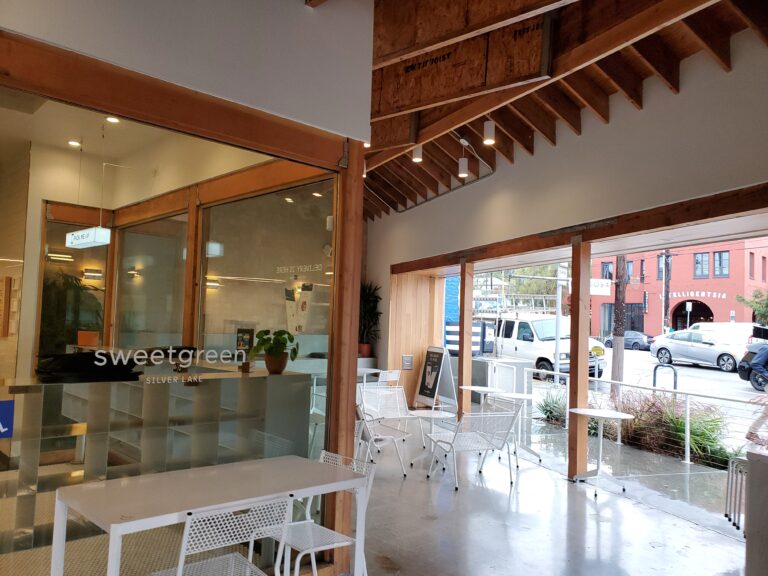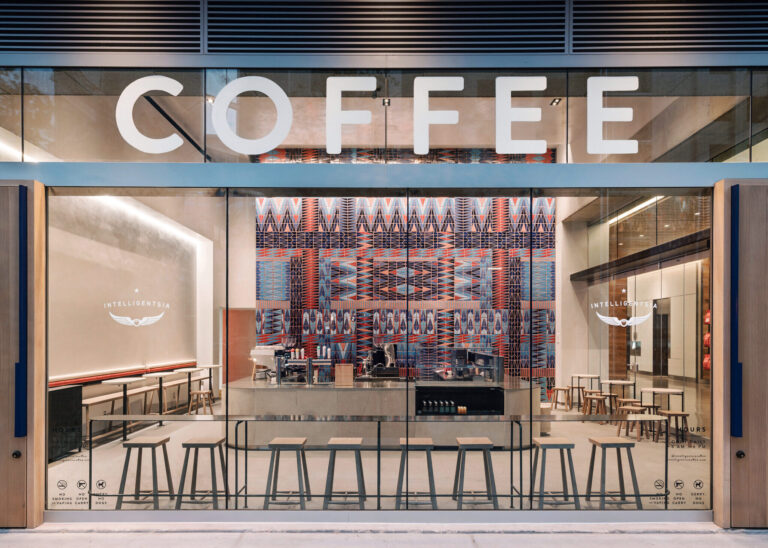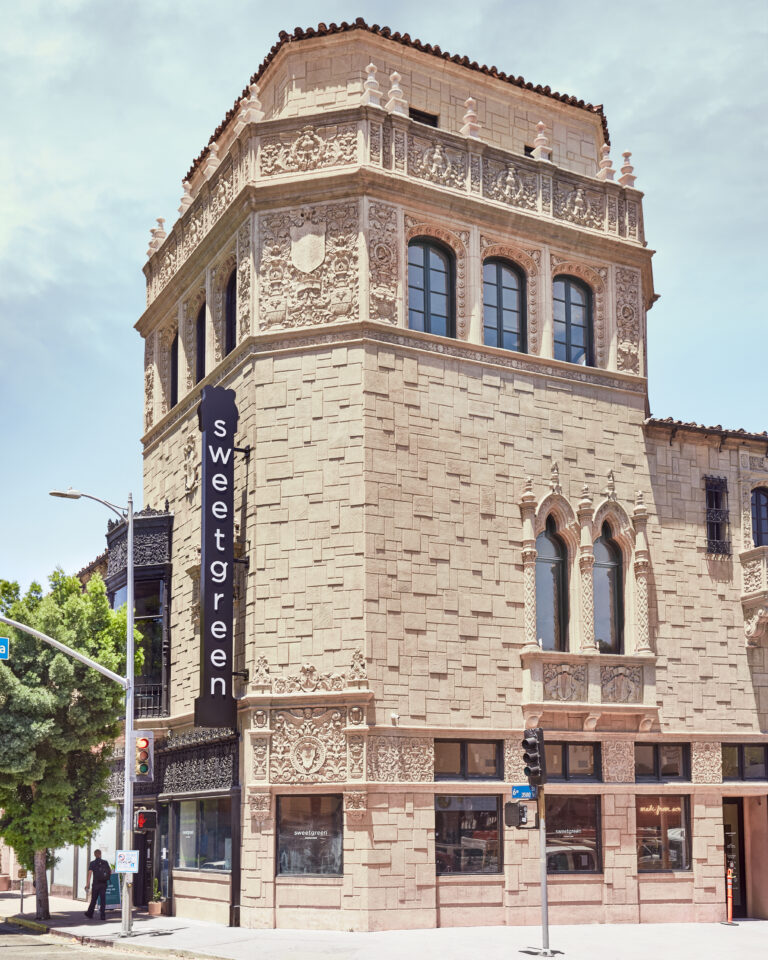Retail spaces pose a distinct set of challenges for Mechanical, Electrical, and Plumbing (MEP) engineering and design. From fast-track schedules and tenant constraints to code compliance and aesthetic considerations, delivering successful retail projects demands technical expertise and adaptability.
With over 25 years of experience and licensure in all 50 states, EEA Consulting Engineers brings deep expertise to the complexities of retail MEP design. Our national reach allows us to navigate diverse jurisdictional requirements, helping clients avoid costly revisions, reduce delays, and stay on track and on budget.

1. Tight Deadlines and After-Hours Access
Challenge: Retail projects often operate on compressed schedules, with construction limited to off-hours to avoid disrupting active stores.
Solution: We coordinate early with project managers and landlords to ensure after-hours access. Our teams arrive prepared—with as-builts, tools, and checklists—to maximize survey productivity and reduce time on-site.
2. Rapid Turnaround Expectations
Challenge: Retail clients often require extremely fast design changes—sometimes within the same day—which can be challenging for firms used to slower-moving sectors.
Solution: EEA is built for speed. Our standardized templates and repeatable processes allow us to deliver quality drawings quickly, especially for rollout or high-volume programs, without sacrificing accuracy.

3. Responsive Communication
Challenge: Delays in communication are one of the most common frustrations for architects and retailers.
Solution: We prioritize responsiveness. Our communication standards require timely email replies, same-day phone call returns, and proactive outreach to ensure our clients are never left waiting.
4. Hidden Infrastructure in Existing Spaces
Challenge: Remodels and tenant improvements often reveal undocumented or outdated infrastructure, like tangled conduit runs or aging rooftop units.
Solution: Our teams use laser distance meters, circuit tracers, and comprehensive photographic documentation—beginning each ceiling photo set with a reference shot—to simplify post-survey analysis and reduce rework.
5. Uncertain Existing MEP Systems
Challenge: Determining the capacity, condition, and compatibility of existing utilities can be a major source of change orders and unforeseen costs.
Solution: We work closely with landlords, local contractors, and our survey teams to evaluate existing systems early. Whether the space offers 120/208V, 277/480V, or high-leg delta 120/240V service, we design with the available infrastructure in mind.
6. Multi-Tenant Coordination
Challenge: In shared retail developments, infrastructure like RTUs, electrical rooms, or water mains may be landlord-controlled, requiring extra coordination.
Solution: We identify tenant-controlled vs. landlord-controlled systems from the outset. Our team secures access, coordinates with property management, and manages all necessary Certificates of Insurance (COIs).
7. Tailoring Systems by Retail Type
Challenge: Different retail sectors—coffee shops, clothing boutiques, tech retailers—have vastly different MEP demands.
Solution: We define the full project scope early and work with all stakeholders to ensure our designs meet functional needs, budget constraints, and local codes across mechanical, electrical, and plumbing disciplines.

8. Landlord Requirements
Challenge: Landlords often have their own design criteria, which may conflict with brand standards.
Solution: With extensive experience working with major landlords nationwide, we maintain a database of their requirements and check them before we start. This ensures smooth integration with brand standards and fewer surprises during review.
9. Balancing MEP Systems with Brand Aesthetics
Challenge: In retail, mechanical and electrical components often double as visual elements. Poor placement can detract from the customer experience.
Solution: We collaborate closely with architects and brand teams to align MEP design with store aesthetics. When possible, we use concealed or low-profile solutions to maintain visual appeal.
10. Navigating Regional Codes and Jurisdictional Requirements
Challenge: Retail projects face different codes and permitting processes across regions—such as Title 24 in California, track lighting requirements in New York, or energy codes in Washington.
Solution: We stay ahead of code variations by leveraging our nationwide experience. Whether we’re designing in rural Kentucky or downtown Seattle, we understand the local codes, permitting nuances, and submission protocols required for success.

Retail MEP design is a high-stakes balancing act—requiring precision, creativity, and speed. At EEA Consulting Engineers, we bring decades of experience and a nationwide presence to every retail project. Our deep familiarity with code requirements, infrastructure challenges, and client expectations ensures we deliver fast, efficient, and brand-aligned solutions—every time.
Whether you’re opening a flagship store in New York City or remodeling a retail location in suburban Texas, we’ve got the tools, the team, and the track record to deliver results.